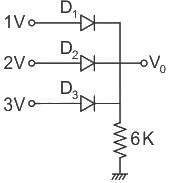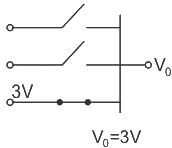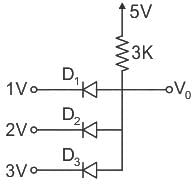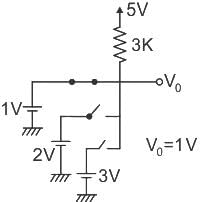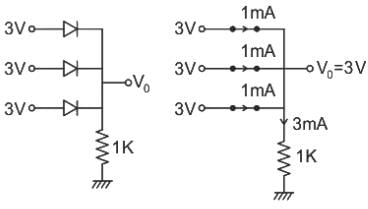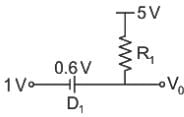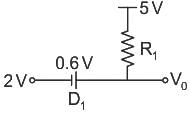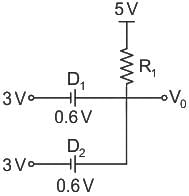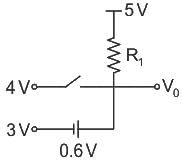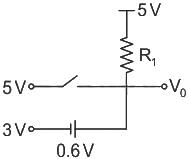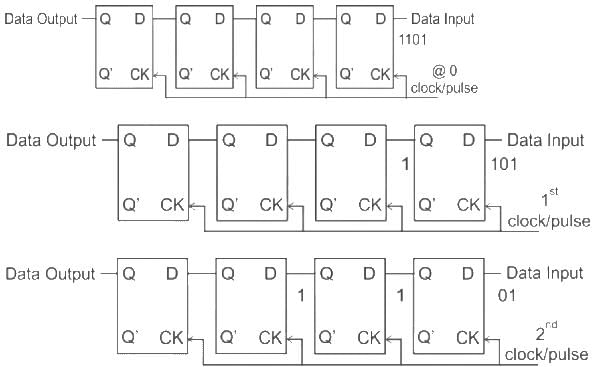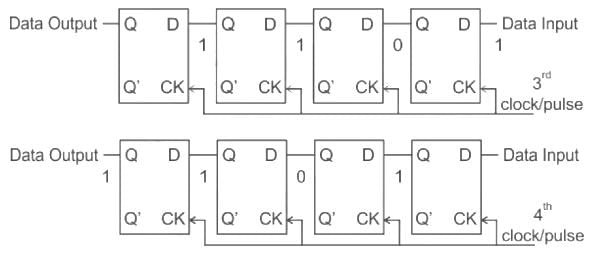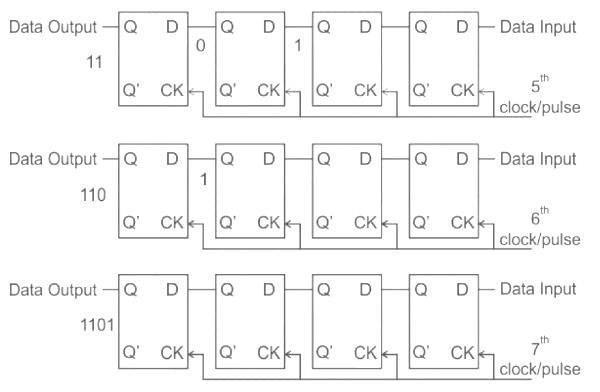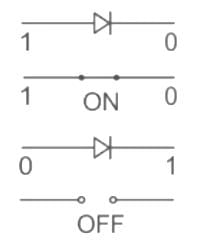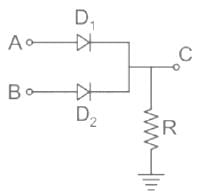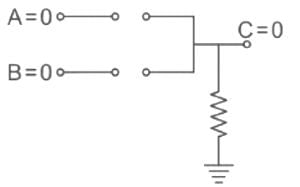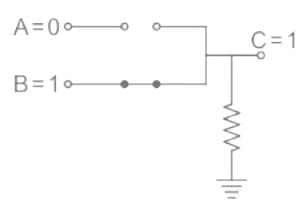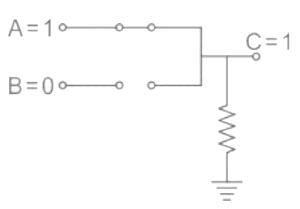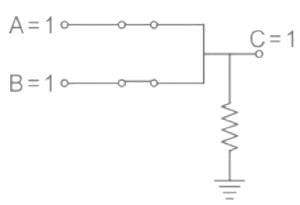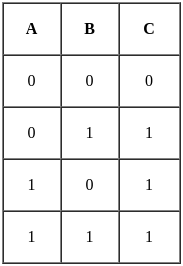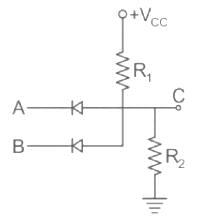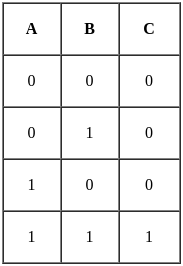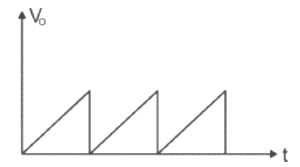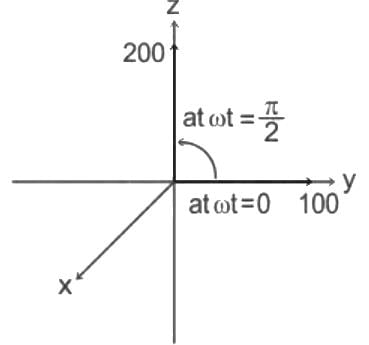ISRO Scientist Electronics Mock Test - 3 - Electronics and Communication Engineering (ECE) MCQ
30 Questions MCQ Test - ISRO Scientist Electronics Mock Test - 3
The total equivalent capacitance of the series parallel combination of capacitors across A and B shown in figure is
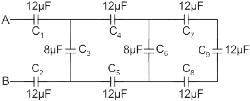

The given waveform describes operation of ______.


Which of the following points CANNOT be observed about a unit impulse function if it is assumed in the form of a pulse?
What is the output of a half wave rectifier (in V) when it is supplied with a voltage which has peak value of 12.5 V?
The Thevenin equivalent resistance (RTh) for the circuit shown in fig. is:
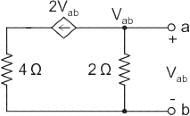
For a lossless transmission line L = 0.35 μH/m, C = 90 pF/m and frequency = 500 MHz. Then the magnitude of propagation constant is
Two radars are transmitting powers P1 and P2. If the transmitted power P1 is 16 times the transmitted power P2 and all other parameters are same then ratio of maximum range of radar 1 to radar 2 is:
 (u[n] is unit step pulses)
(u[n] is unit step pulses)
this system works as which type of filter?
Find the maximum possible core diameter which allows single_mode operation at a wavelength of 1.3 μm in a graded-index fiber having a parabolic refractive index profile core with core refractive index at the core axis of 1.5 and relative index difference of 1%.
Consider a closed surface S surrounding a volume V. If  is the position vector of a point inside S, with
is the position vector of a point inside S, with  the unit normal on S, the value of the integral
the unit normal on S, the value of the integral  is
is
Consider a signal x (t) = 5 cos (2πt/3), + 9 sin (0.5π t) + 3 sin  + 12. Identify the valid statement for x (t).
+ 12. Identify the valid statement for x (t).
An air-filled rectangular waveguide R1 is operating at the frequency 2 GHz and another air-filled rectangular waveguide R2 is operating at 4 GHz. The guide wavelengths of these waveguides at their respective frequencies are equal. If the cut-off frequency of waveguide R1 is 1 GHz, what is the cut-off frequency of the waveguide R2 in GHz?
A lossless transmission line is terminated by a load which reflects a part of the incident power. If percentage of the power that is transmitted is 75%, what is value of VSWR is ______.
Which of the following statements regarding Laplace and Fourier transforms are correct?
A. In order for a function to possess a Laplace transform, it must obey the condition 
B. In order for a function to possess a Laplace transform, it must obey the condition 
C. For a function to have a Fourier transform, it must obey the condition 
D. For a function to have a Fourier transform, it must obey the condition 
Choose the correct answer from the options given below:
Consider the AND logic circuit in which V2 = 3 V and V1 lie between 0 to 5 V. The output voltage is V0. The cut-in voltage of diode D1 and D2 is 0.6 V. The output voltage V0 versus V1 corresponding to the below network is
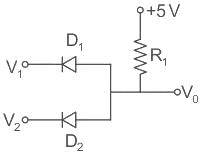
For a given frequency deviation in FM modulation, the modulation index varies______.
If the total power of an amplitude modulated signal is 600 W and the carrier power is 400 W, the modulation index is
Refer to the code given below, which kind of circuit is implemented?
PROCESS
BEGIN
WAIT ON X, Y;
Z < = X and Y;
END PROCESS;
What is the number of clock pulses required to completely load and then unload a 4-bit register?
A signal m(t) = 10 cos (2π 100t) is frequency-modulated. The resulting FM signal is x(t) = 20 cos {2π 106 t + 15 sin (2π 100 t)}
The FM bandwidth is nearlyWhich of the following logical operations could be computed by the given network?
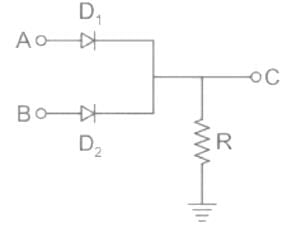
In root-locus plot, the breakaway points
The electric field intensity of the wave is given as

The polarization of the wave is:
In a certain code language, 'SHINE' is written as '11', and 'ENTRY' is written as '16.4'. How will 'VIDEO' be written in that language?
Select the number which is different from the others.



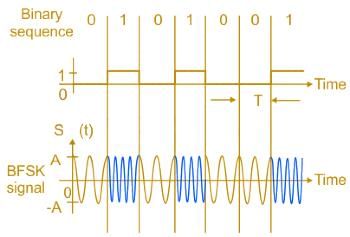
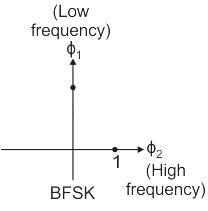











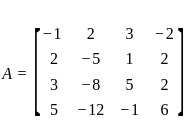 , then the rank of the matrix A is
, then the rank of the matrix A is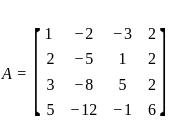
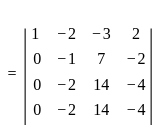
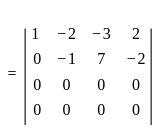

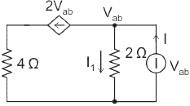






















 is the position vector of a point inside a closed surface.
is the position vector of a point inside a closed surface.

 ; where
; where





 to
to 


